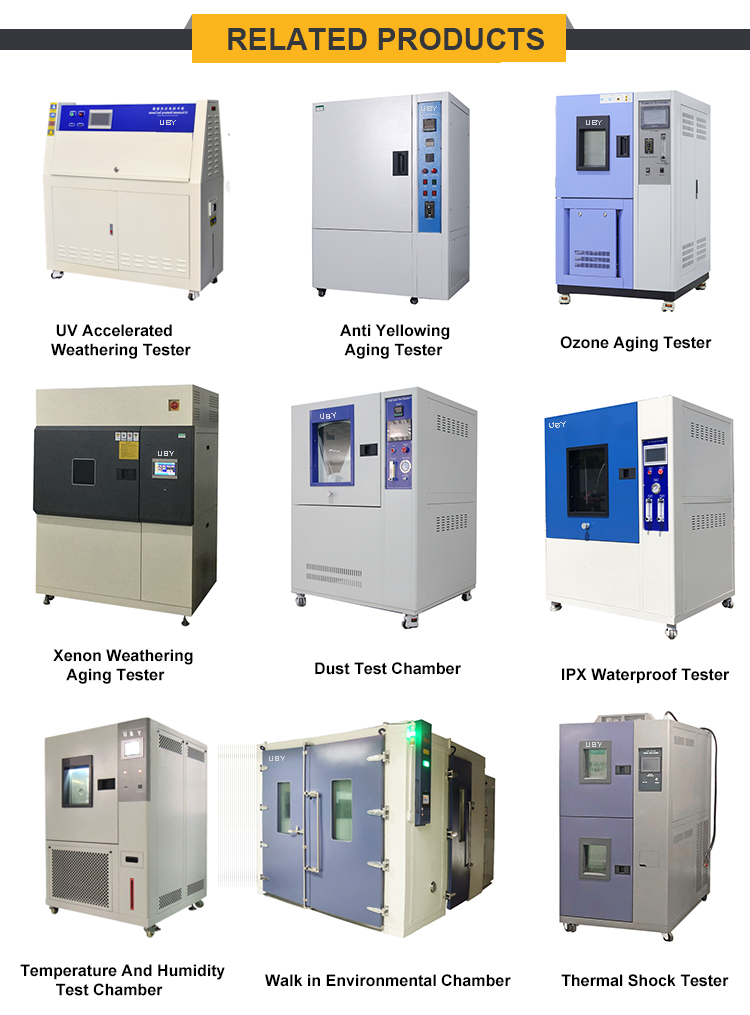PC is a type of engineering plastic with excellent performance in all aspects. It has great advantages in impact resistance, heat resistance, molding dimensional stability and flame retardancy. Therefore, it is widely used in electronic appliances, automobiles, sports equipment and other fields. However, PC molecular chains contain a large number of benzene rings, which makes it difficult for the molecular chains to move, resulting in a large melt viscosity of PC. During the processing process, the PC molecular chains are oriented. After processing, some of the molecular chains that are not completely deoriented in the product tend to return to their natural state, which will cause a large amount of residual stress in the PC injection molded products, resulting in cracks during product use or storage; at the same time, PC is a notch-sensitive material. These shortcomings limit the further expansion of PC applications.
In order to improve the notch sensitivity and stress cracking of PC and improve its processing performance, toughening agents are usually used to toughen PC. At present, the additives commonly used for PC toughening modification on the market include acrylate toughening agents (ACR), methyl methacrylate-butadiene-styrene toughening agents (MBS) and toughening agents composed of methyl methacrylate as shell and acrylate and silicone as core. These toughening agents have good compatibility with PC, so the toughening agents can be evenly dispersed in PC.
This paper selected 5 different brands of toughening agents (M-722, M-732, M-577, MR-502 and S2001), and evaluated the effects of toughening agents on PC thermal oxidation aging properties, 70 ℃ water boiling aging properties, and wet heat (85 ℃/85%) aging properties through changes in PC melt flow rate, heat deformation temperature and mechanical properties.
Main equipments:
UP-6195: wet heat aging test (high and low temperature wet heat test chamber);
UP-6196: high temperature storage test (precision oven);
UP-6118: temperature shock test (cold and hot shock test chamber);
UP-6195F: TC high and low temperature cycle (rapid temperature change test chamber);
UP-6195C: temperature and humidity vibration test (three comprehensive test chambers);
UP-6110: high accelerated stress test (high pressure accelerated aging test chamber);
UP-6200: material UV aging test (ultraviolet aging test chamber);
UP-6197: salt spray corrosion test (salt spray test chamber).
Performance test and structural characterization:
● Test the melt mass flow rate of the material according to ISO 1133 standard, the test condition is 300 ℃/1. 2 kg;
● Test the tensile strength and elongation at break of the material according to ISO 527-1 standard, the test rate is 50 mm/min;
● Test the flexural strength and flexural modulus of the material according to ISO 178 standard, the test rate is 2 mm/min;
● Test the notched impact strength of the material according to ISO180 standard, use the notch sample making machine to prepare a “V”-shaped notch, the notch depth is 2 mm, and the sample is stored at -30 ℃ for 4 h before the low-temperature impact test;
● Test the heat deformation temperature of the material according to ISO 75-1 standard, the heating rate is 120 ℃/min;
● Yellowness index (IYI) test: injection molding side length is greater than 2 cm, thickness is 2 mm The square color plate is subjected to thermal oxygen aging test, and the color of the color plate before and after aging is tested with a spectrophotometer. The instrument needs to be calibrated before testing. Each color plate is measured 3 times and the yellow index of the color plate is recorded;
● SEM analysis: The injection molded sample strip is sliced, gold is sprayed on its surface, and its surface morphology is observed under a certain voltage.
Post time: Aug-22-2024


